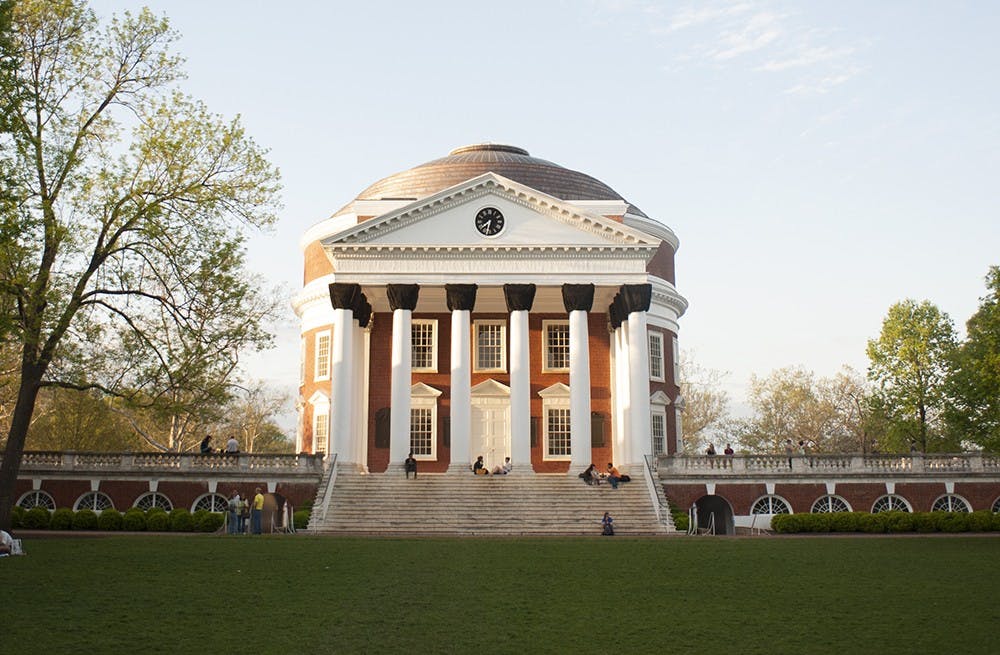Students who attend the University of Virginia make a median $58,600 in the decade after they graduate, the U.S. Department of Education's new College Scorecard shows.
The College Scorecard, released Sept. 12, evaluates 7,800 universities based on their return on investment for students.
The scorecard has no numbered top-to-bottom rankings, unlike annual U.S. News or Forbes college rankings. It focuses on average annual net costs, six-year graduation rates and median salaries.
It tracks cost and salaries only for students who received financial aid.
The University’s six-year graduation rate was 49 percent higher than the national average, according to the scorecard. Students who received financial aid earned more than $24,000 more on average than the national average 10 years after graduation.
The average annual net price for in-state financial aid recipients was a little higher than the national average. The national average is $16,789, while the University average is $17,149.
The College Scorecard also analyzes racial and socioeconomic diversity, average admitted SAT/ACT scores and popular academic programs. It also allows students to calculate their personal net price.
The scorecard reports that 12 percent of University students have a family income below $40,000 and receive federal Pell Grants to help pay for college.
Having such information available to prospective students should assist them in making a choice, University Dean of Admission Greg Roberts said.
“Our belief is that any helpful and accessible information regarding cost, financial aid, student support and outcomes can be useful as students and families consider applying to college and thinking of how they might afford a college education,” Roberts said.
The rankings are much more in-depth than the U.S. News rankings, something that is beneficial for students who are not attending top-tier institutions, said Dan Player, lecturer in education policy at the Batten School.
“U.S. News does a good job of ranking the top schools but most students are not going to the top schools,” Player said. “The rankings beyond a certain level were not that helpful for most kids.”
Students needed assessments that consistently and easily identify which schools are affordable for them, Player said. They should also have indicators that demonstrate which schools markedly improve their chances of getting a high salary and a good return on their investment of attending college.
College Scorecard is part of the first-generation of this type of college value and affordability analysis and evaluation. Further down the road, Player said, more intuitive assessments could be produced by individual universities, such as cost of attendance calculators for specific students.
“Students ask, ‘Is it worth it to me personally to pay a bunch of money and show up to this university?’ Any attempts to get to that point are a good thing,” he said.
Whether schools respond by decreasing tuition or increasing financial aid packages depends on how much students use the information provided by the federally-produced website.
“Any organization is going to respond to incentives, and if they see that people are aware that their schools are not doing well, then they’re going to change,” Player said.







